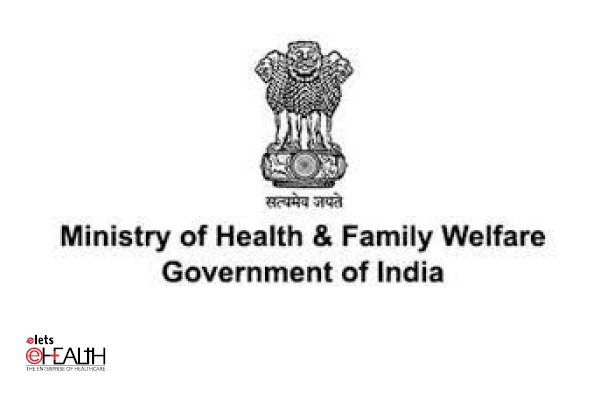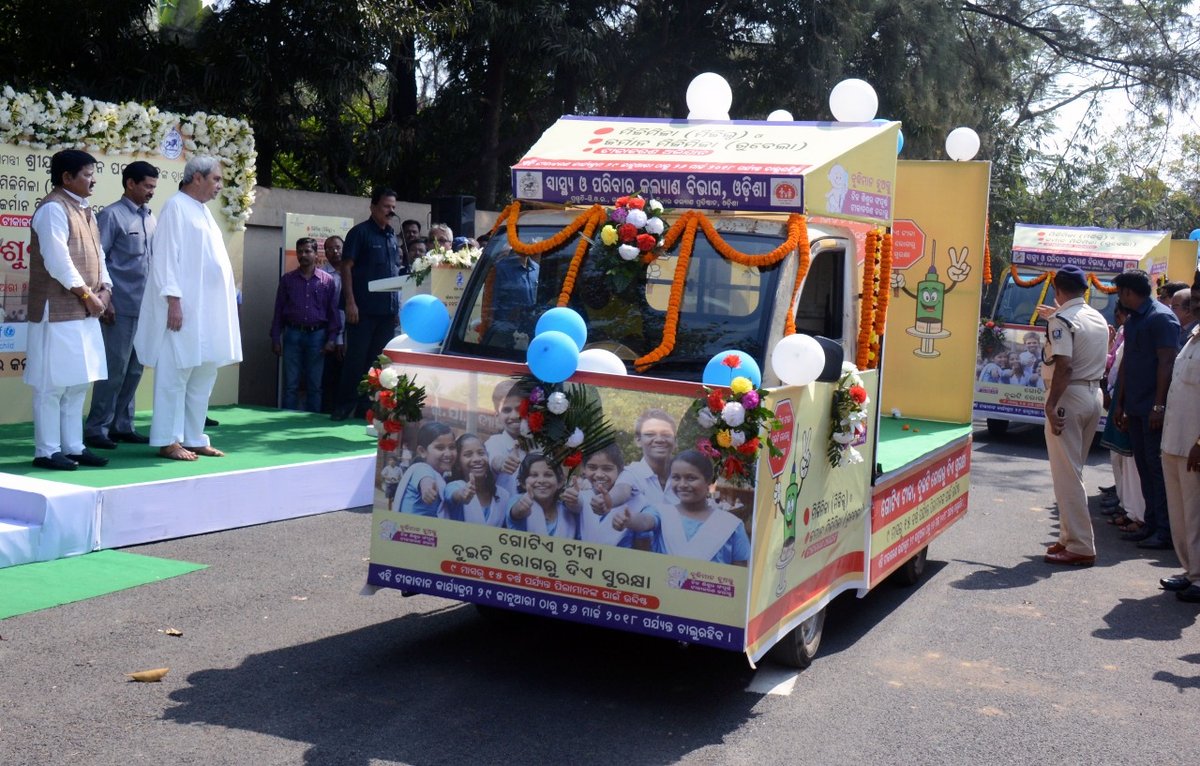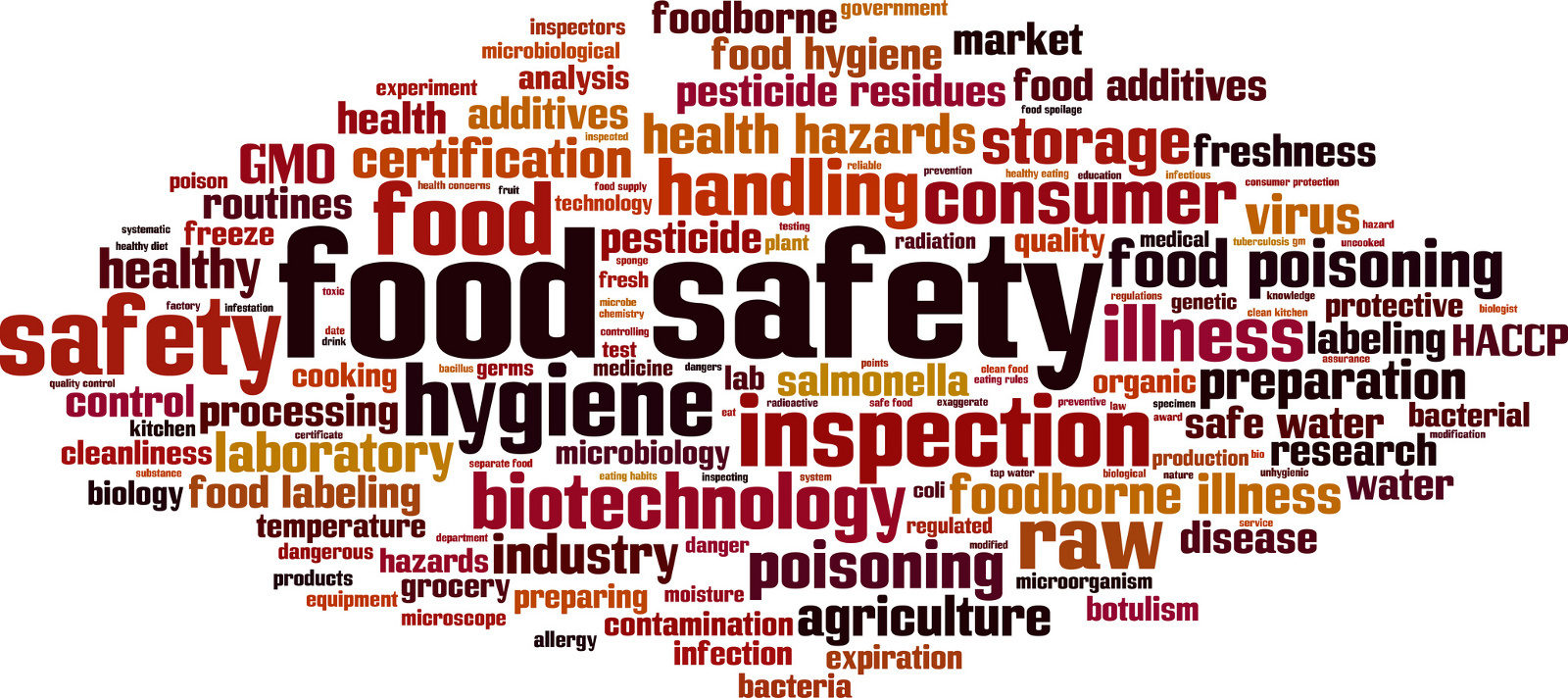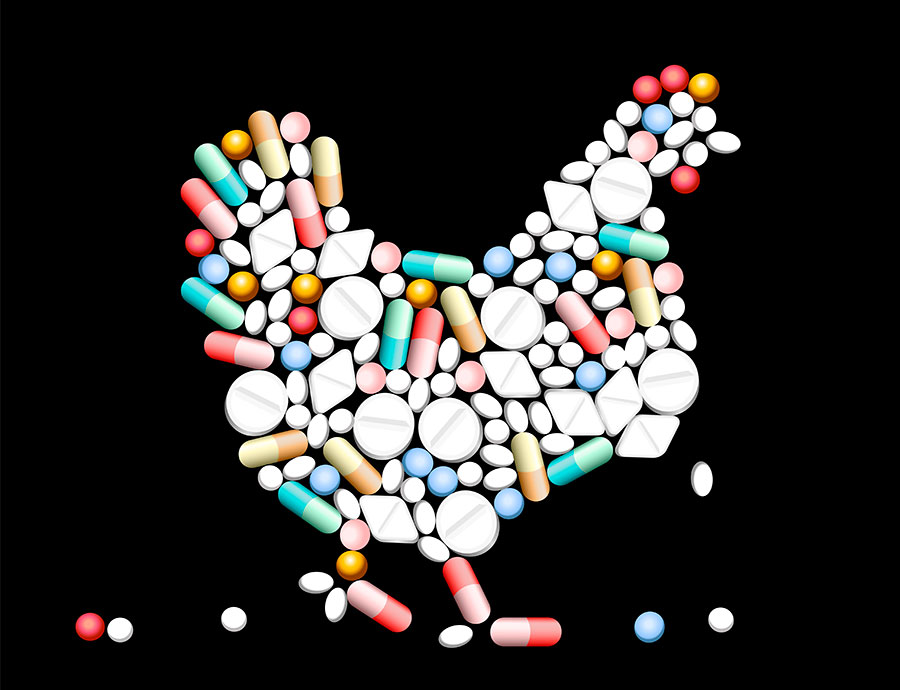eHEALTH Bureau

The World Bank has released a new five-year plan to help poor countries reduce their high fertility rates and prevent the widespread deaths of their mothers and children. In endorsing its Reproductive Health Action Plan 2010-2015, the Bank warned that family planning and other reproductive health programs that are vital to poor women had fallen off the development radars of many low-income countries, donor governments, and aid agencies.
Globally, more than 350,000 women die each year because of pregnancy and childbirth complications. Last year, 99 percent of these deaths occurred in developing countries.
Besides, some 68,000 women die each year as a result of unsafe abortion, while another 5.3 million suffer temporary or permanent disability. Analysis of demographic and health surveys in all regions shows that women with secondary or higher education have fewer children than women with primary or no education.

However, new Bank figures show that while development aid for health soared from US $2.9 billion in 1995 to US $14.1 billion in 2007, roughly a five-fold increase in 12 years, aid for population and reproductive health had increased more modestly during the same period, from US $901 million in 1995 to US $1.9 billion in 2007. In the 35 highest-fertility countries in Africa, Asia, and the Middle East, aid for women’s family planning and reproductive programs started at US $150 million in 1995 and increased to US $432 million in 2007, while overall aid for health in these 35 countries went from US $915 million in 1995 to US $4.9 billion in 2007.
With 2010 marking the start of the five-year countdown to the 2015 Millennium Development Goals (MDGs), many countries are far from achieving MDG 5, which calls for a drop in the maternal mortality ratio (MMR) by three-quarters between 1990 and 2015 – equivalent to an annual decrease of about 5.5 percent – and increased access to universal reproductive health care by 2015. Against this target, the current global average rate of reduction is under 1 percent – only 0.1 percent in sub-Saharan Africa, where levels of mortality are the highest – and at the present rate of progress, the world will fall well short of achieving this MDG.
Bank health financing in FY10 is expected to triple to an unprecedented US $4.1 billion – a 40 percent increase over the previous year’s record – in support of stronger health systems; boosting the prevention and treatment of communicable diseases; and improving child and maternal health, hygiene, and sanitation.
Given the weak state of health systems in many countries, the Bank has been working closely with governments, aid donors and agencies, and other partners to strengthen the existing systems. Under its new health action plan, the Bank will help 58 countries with high maternal death and fertility rates.
The new Bank plan strongly welcomes the re-emergence of maternal and child health among countries, donors, and other partners, which has jumpstarted more than 80 new national and international partnerships, including the Partnership for Maternal, Newborn and Child Health. In addition, an informal group of heads of four health-related organisations (WHO, UNICEF, UNFPA, and the World Bank – called the “H-4”) was formed to meet regularly on measures to strengthen country efforts to improve maternal and child health and avoid fragmentation of donor efforts and financing.
Be a part of Elets Collaborative Initiatives. Join Us for Upcoming Events and explore business opportunities. Like us on Facebook , connect with us on LinkedIn and follow us on Twitter , Instagram.











